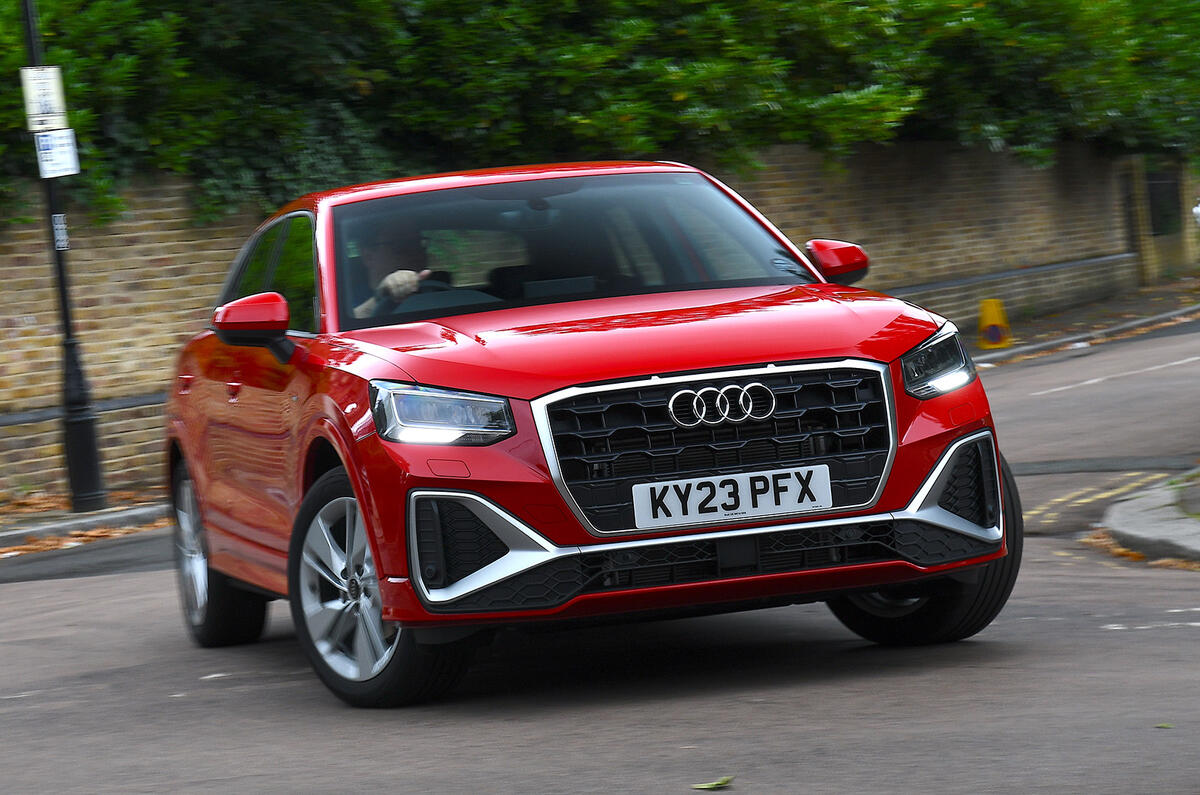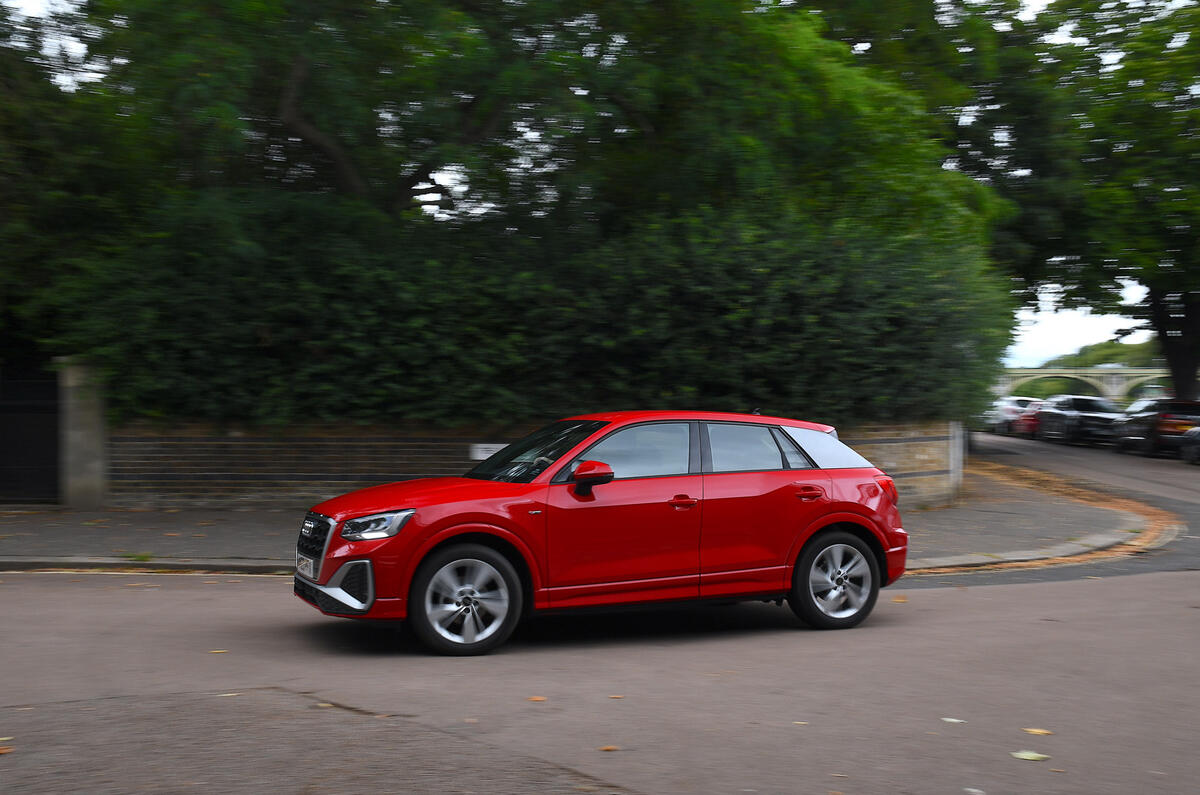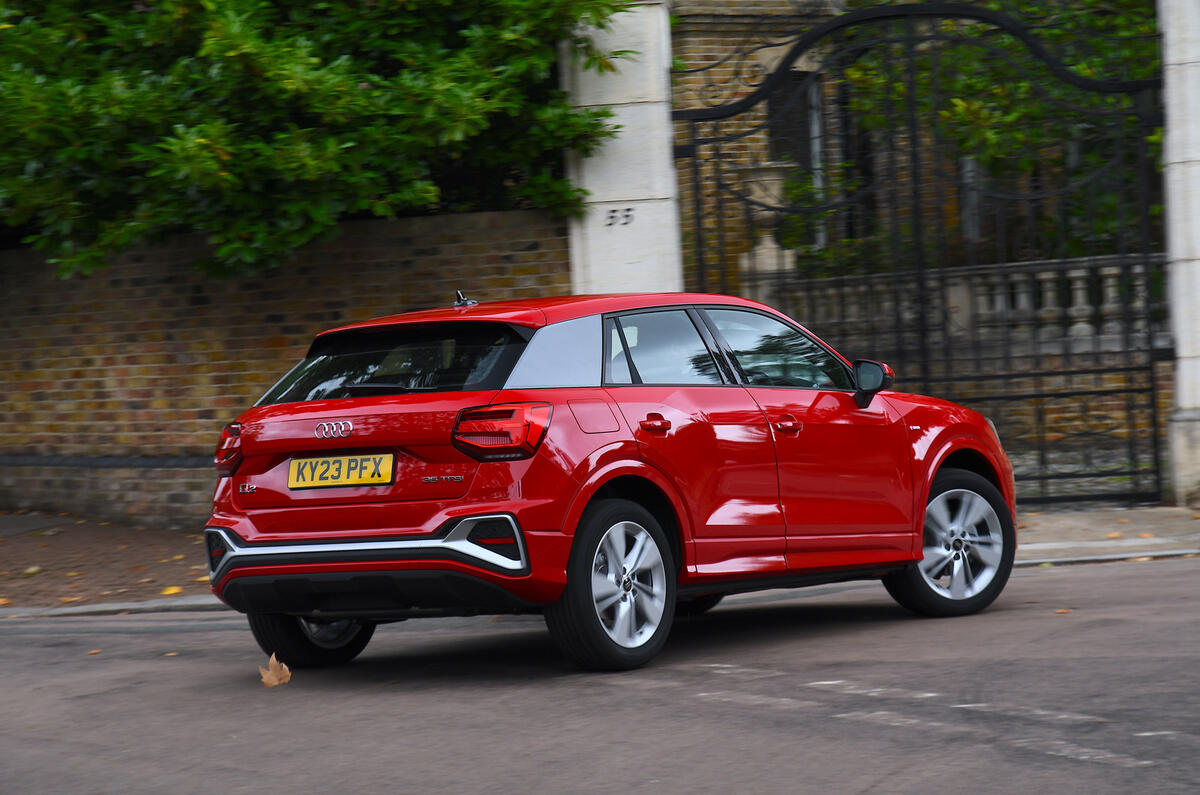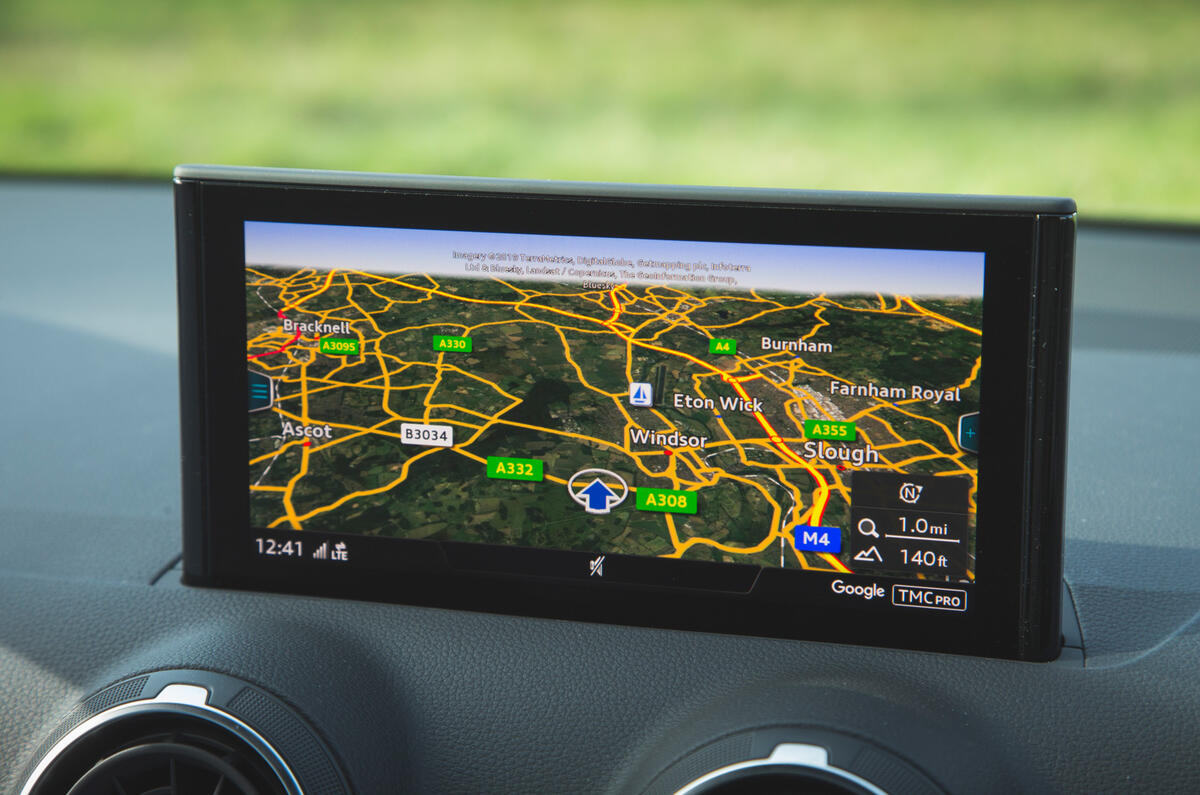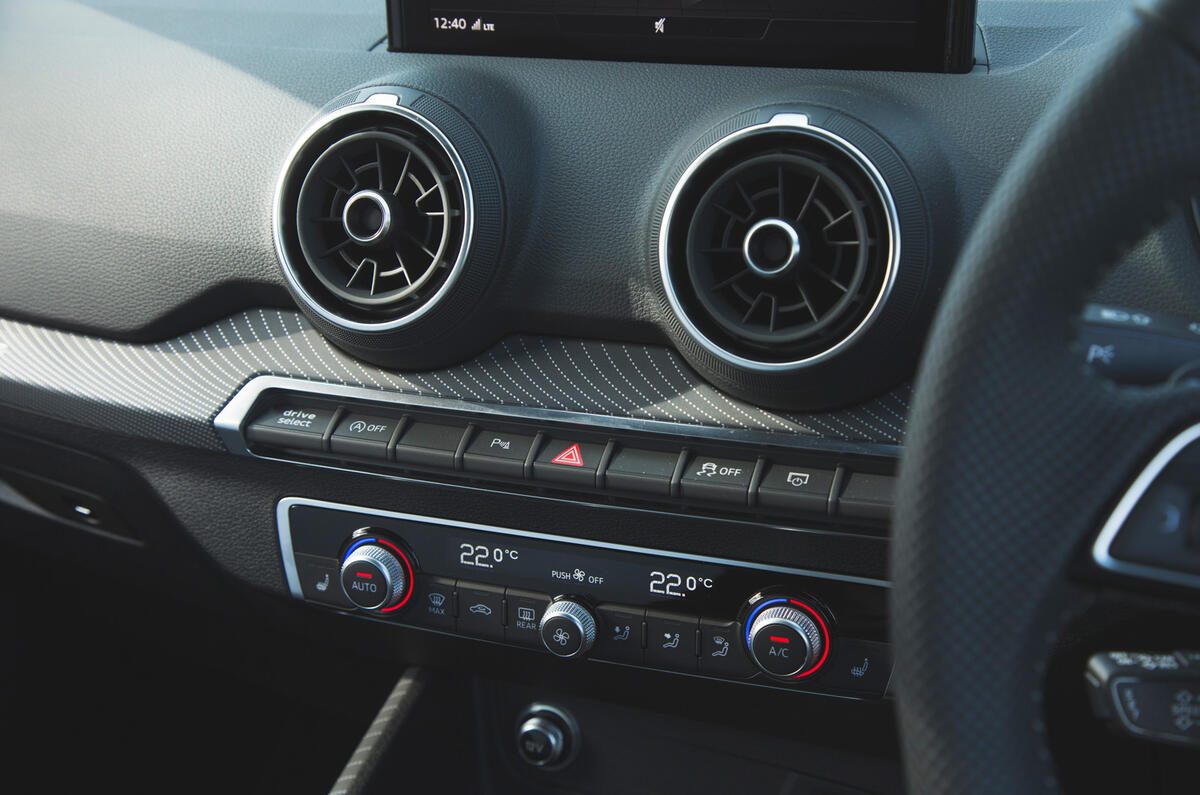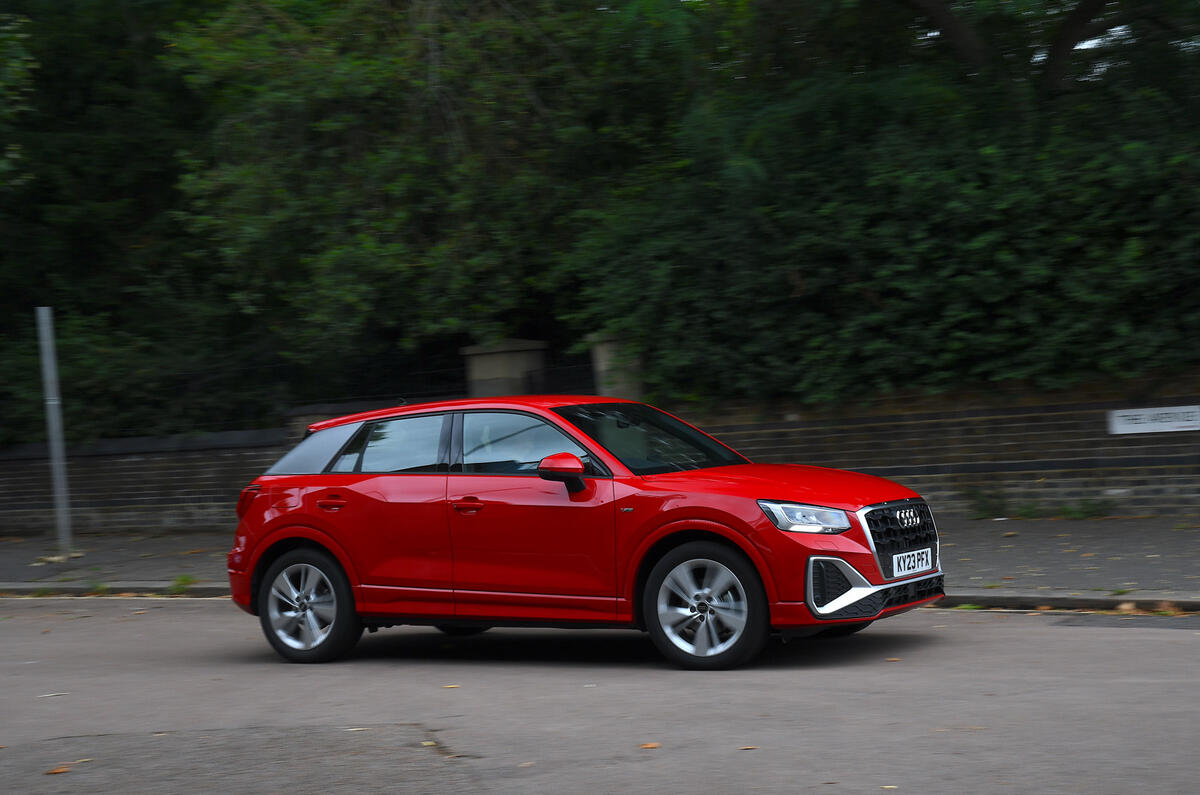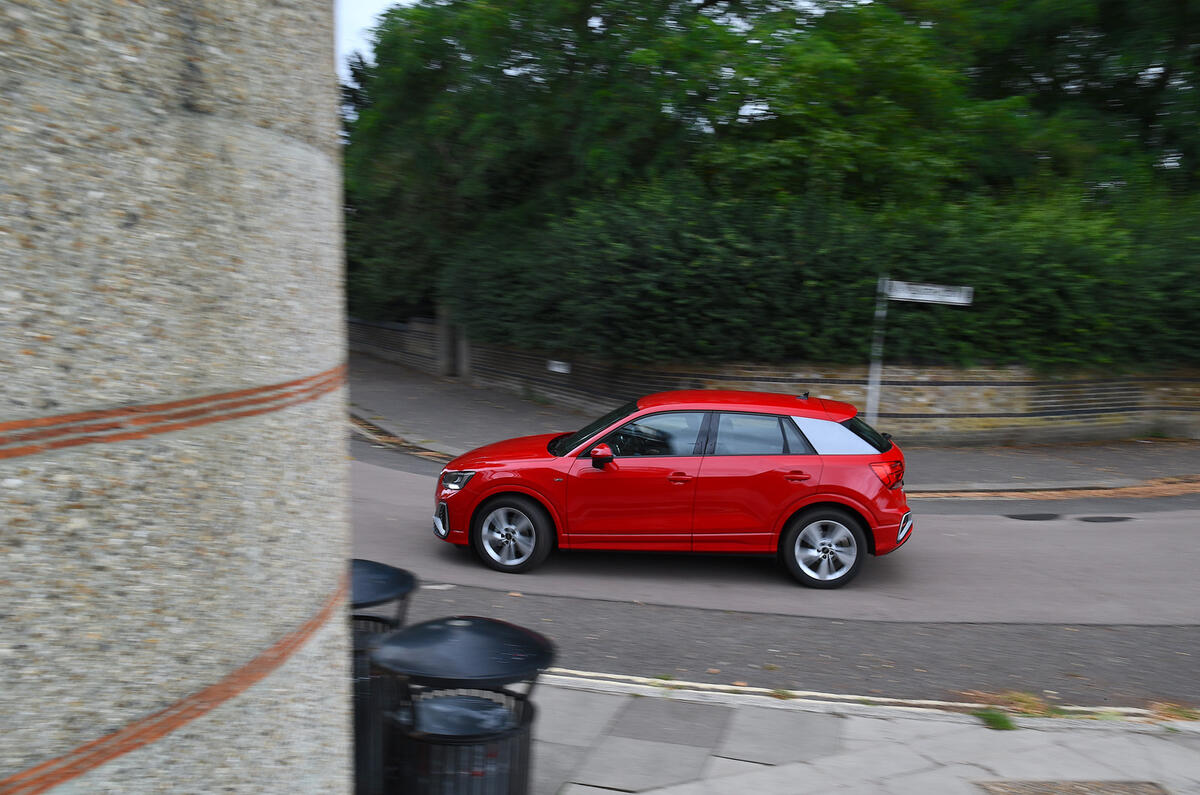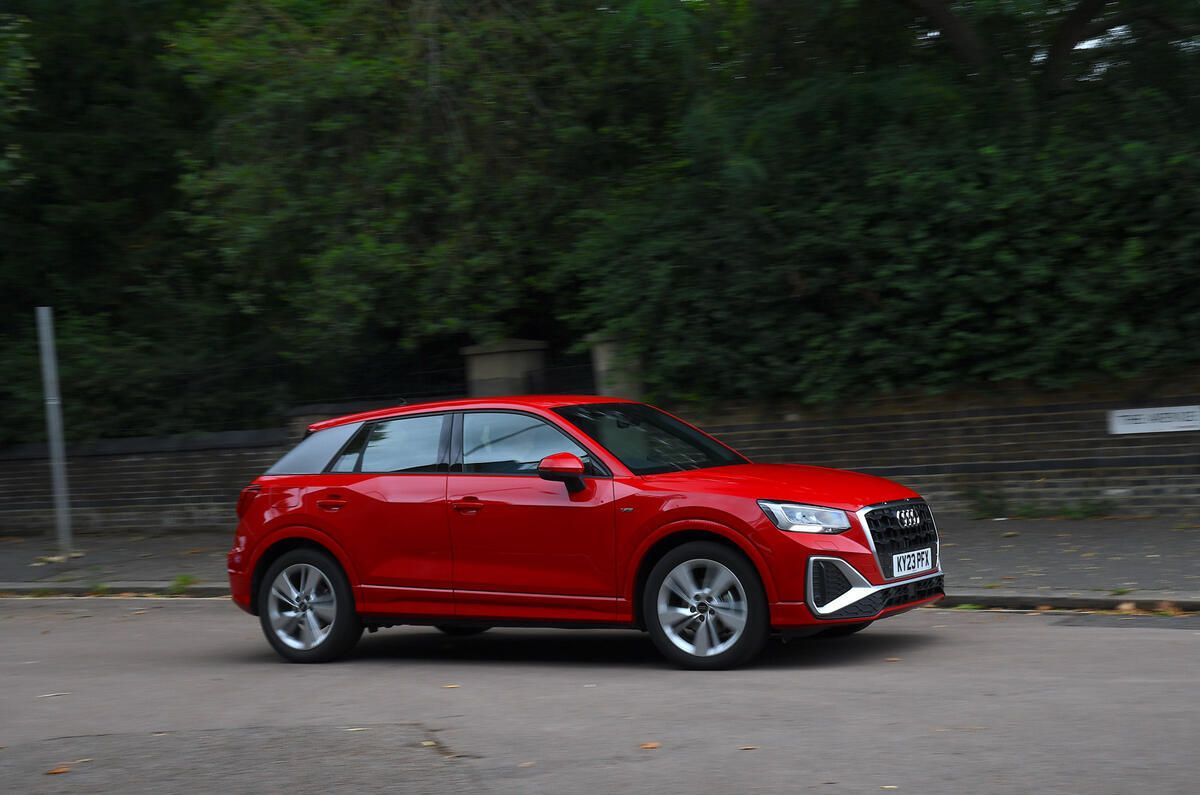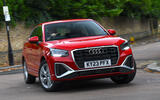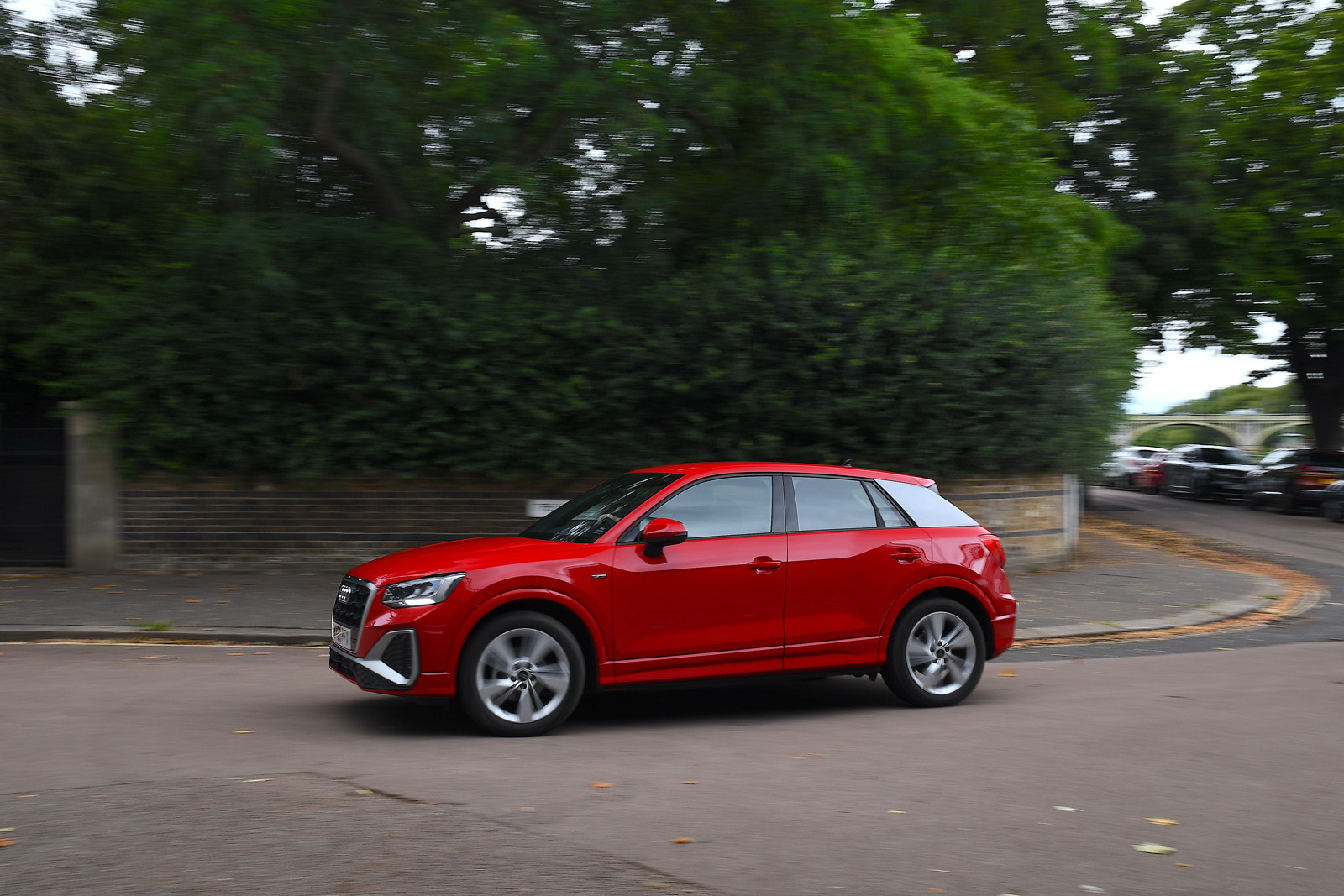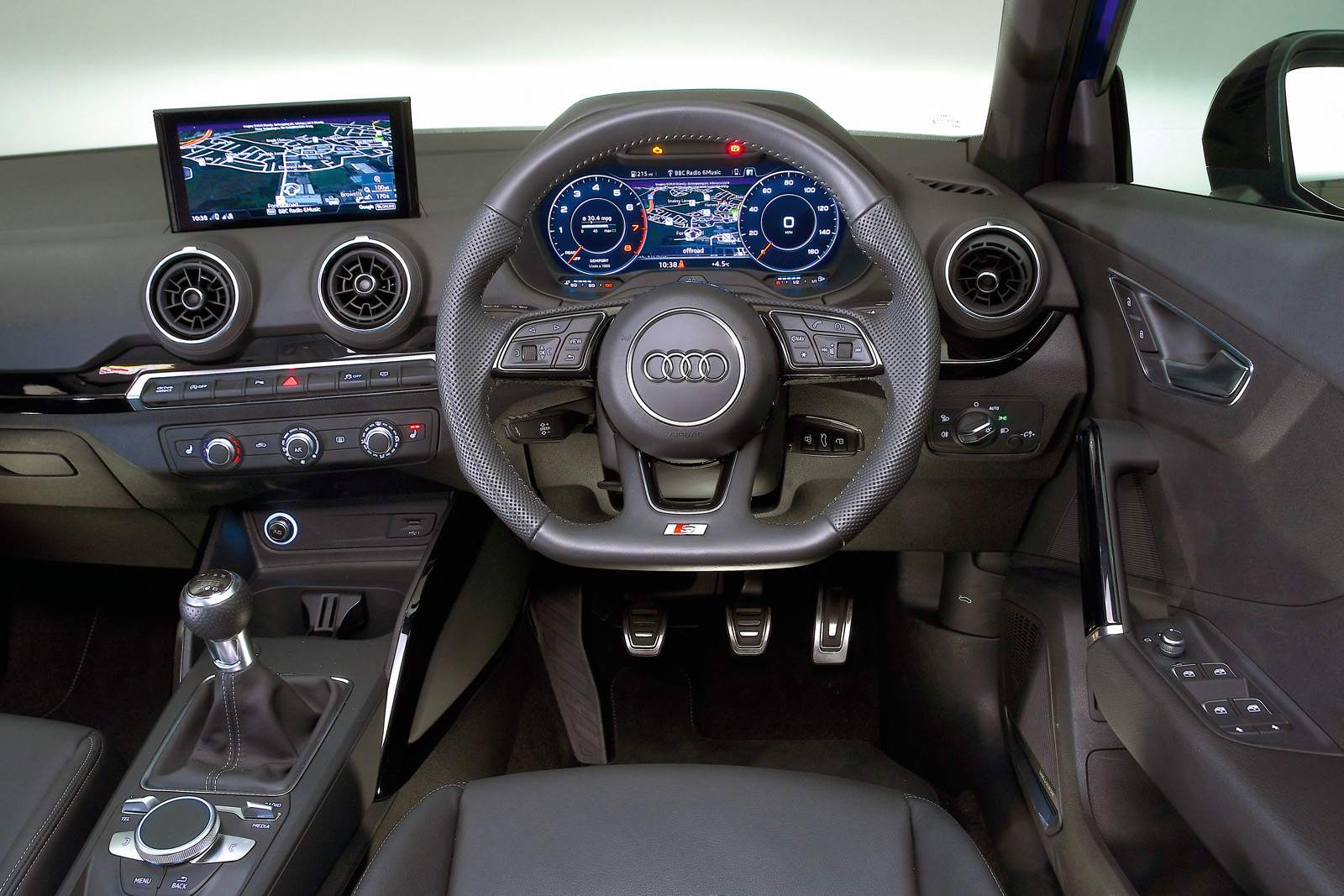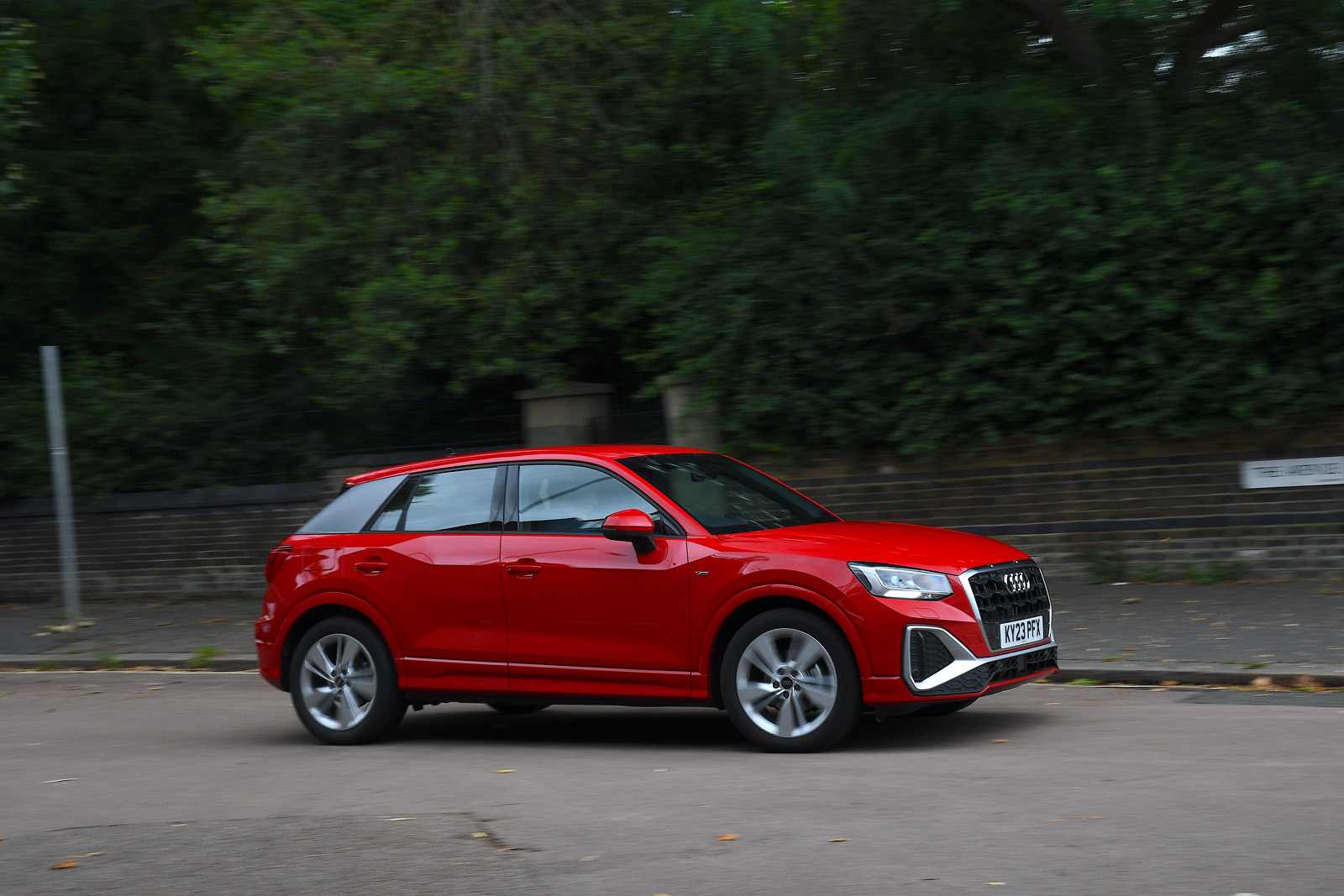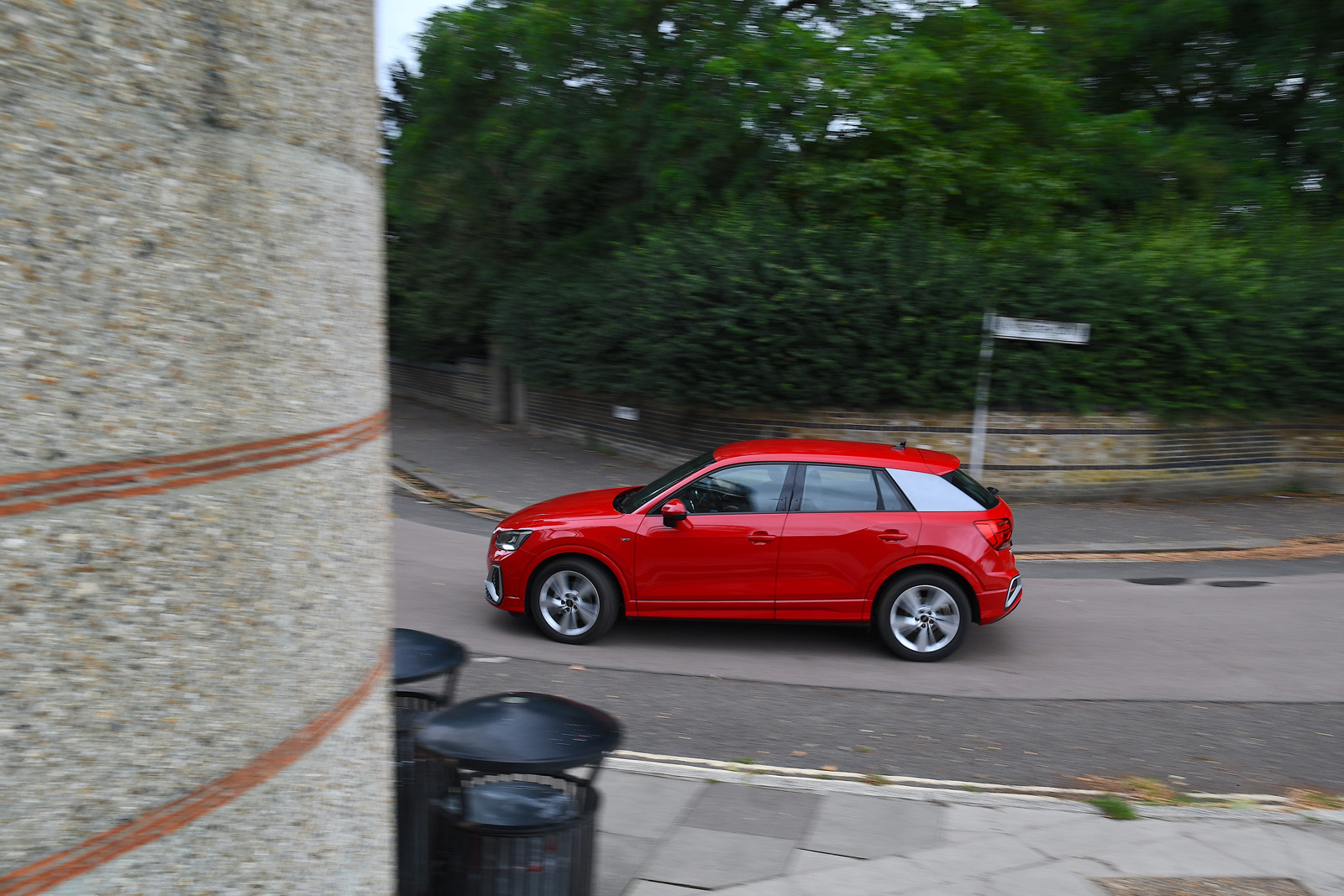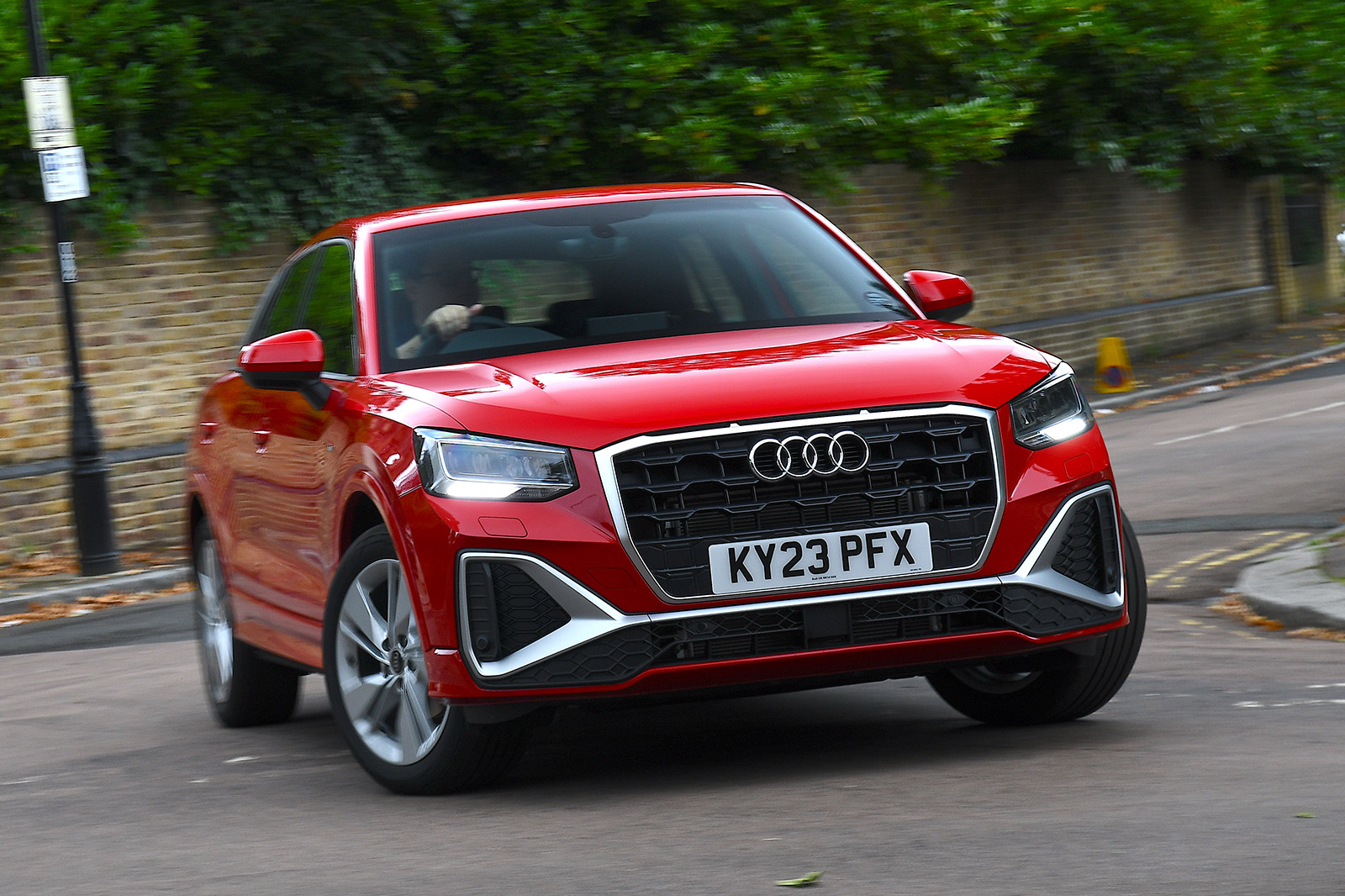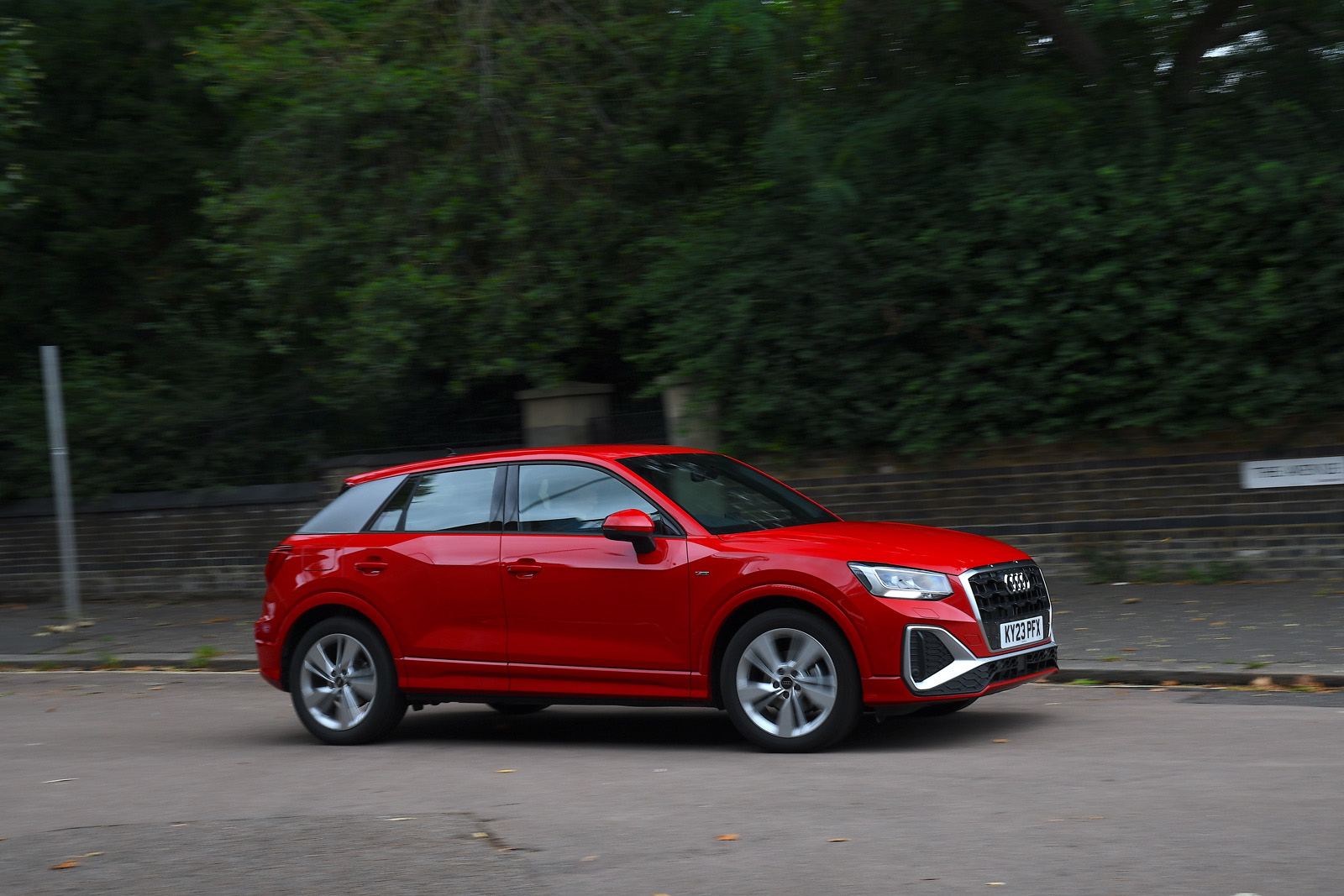Since it went on sale in 2016, the Audi Q2 has been not just the entry point to its SUV line-up but, for many owners, a gateway into the upmarket brand.
That's a relatively long life by modern standards, which is good news for second-hand buyers, as it has given prices of older examples plenty of time to fall.
Despite some regular freshening-up, the Q2 is now feeling its age compared with the Ford Puma, Lexus LBX and Mini Countryman to highlight but a few of the alternatives.
Enticingly, though, it remains excellent to drive, both in town and on the motorway, and it comes with a wide array of equipment.
A selection of capable engines further bolsters its appeal, although its breadth is now restricted to 1.0- and 1.5-litre petrols, with 114bhp and 148bhp respectively.
While the smaller motor can be paired only with a six-speed manual gearbox, the larger has the option of an S Tronic seven-speed dual-clutch automatic.
Diesels disappeared years ago, and if you have a penchant for a punchier petrol, together with Quattro four-wheel drive, your only choice from new is the flagship Audi SQ2, which we've reviewed separately.
Since the Q2’s 2021 makeover, the trim level selection has also been pared back to a core of Sport, S Line and Black Edition, the latter being the easiest to differentiate thanks to the external décor largely being, erm, black.




